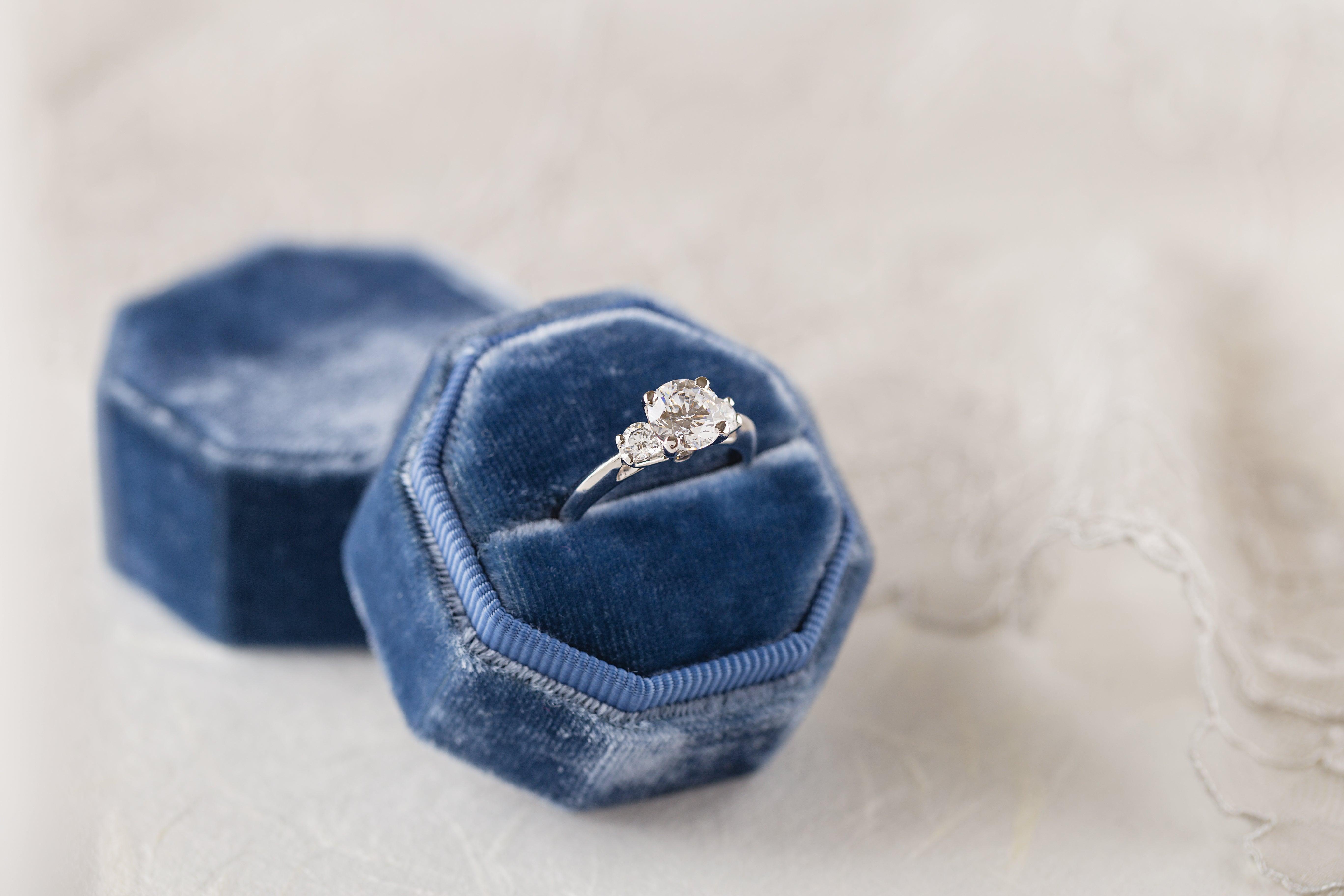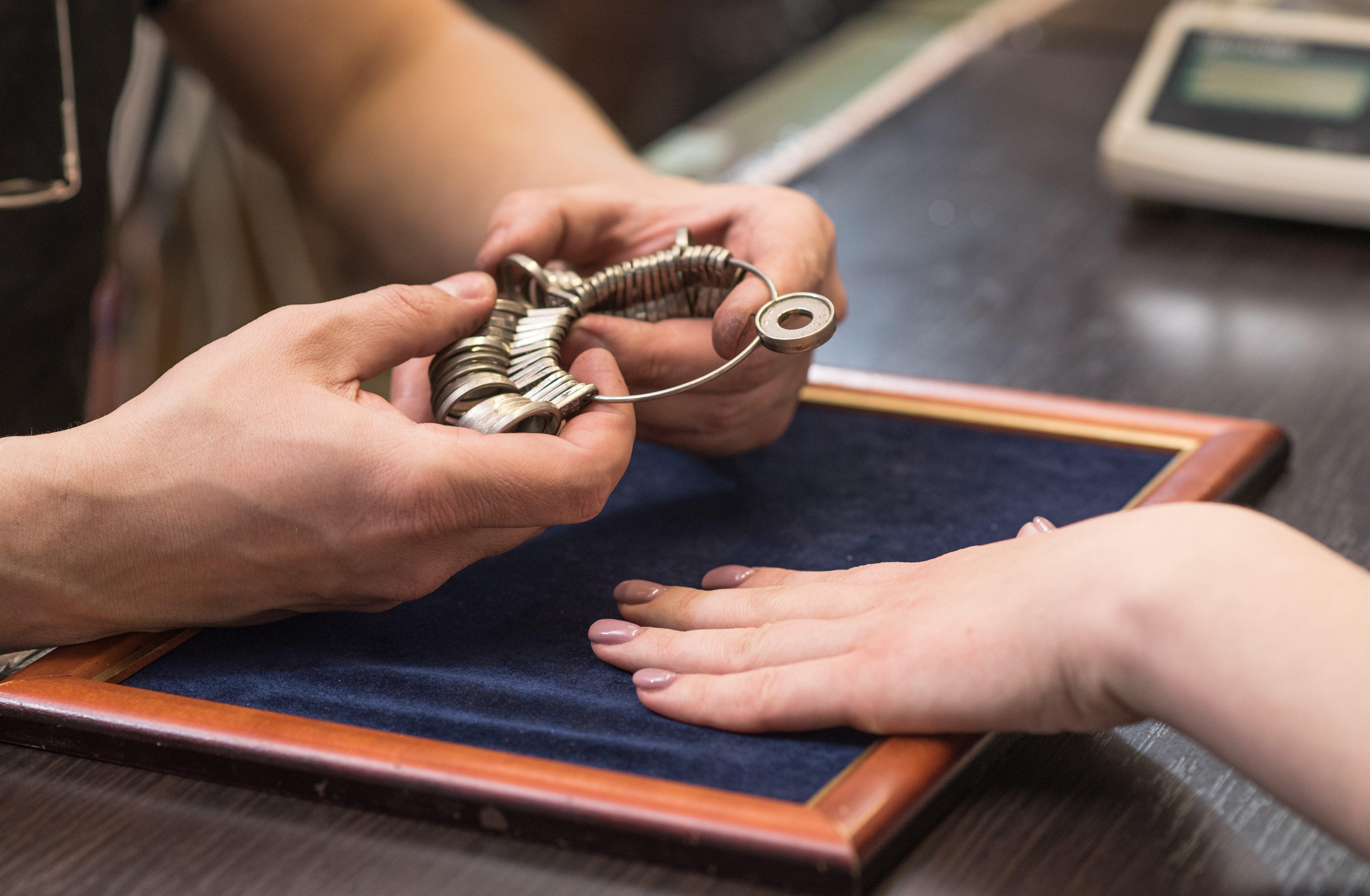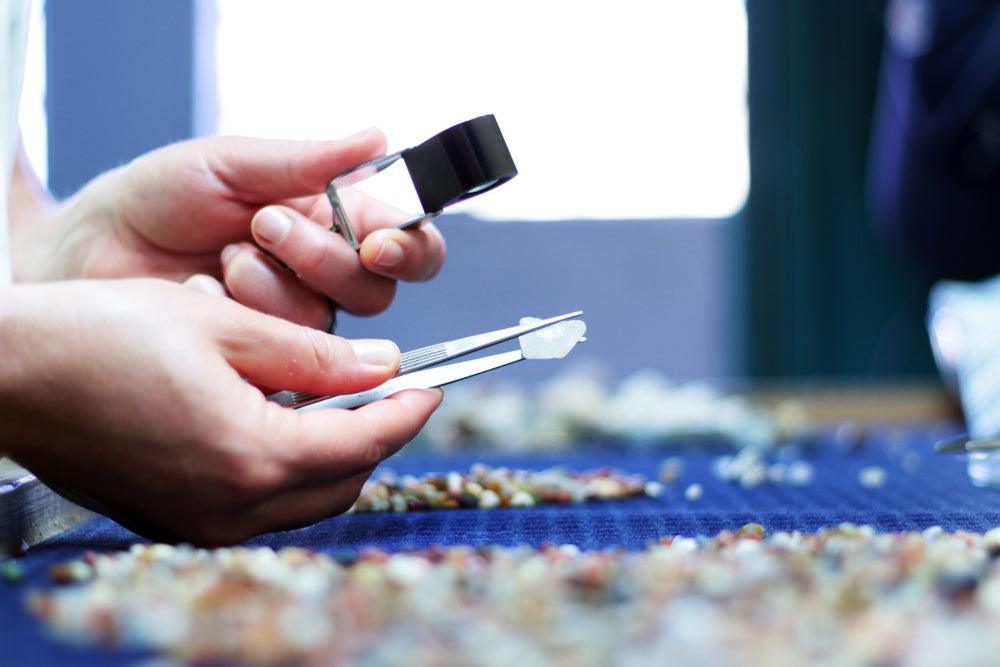
What to Look for in Sustainable Jewelry Brands
There is a lot of information and misinformation about ethical and sustainable jewelry brands, products, services and practices today, as counting carbon becomes as popular as counting calories, maybe even more so. Today, for many people, you can choose your flights based on emissions and carbon credits, choose where you want your energy to come from, and even wear high fashion clothing derived from material found in a Mumbai trash heap, and be applauded for it.
If you’re searching for sustainable fine jewelry brands, you need to know what to look for. Although it might be challenging to get sustainable jewelry that has been ethically produced, the industry is undoubtedly expanding as more and more individuals begin to think about how their actions affect the environment and society as a whole.
While you should make sure your sustainable jewelry has a transparent supply chain, uses recycled materials, and has low-impact processing, sustainable jewelry goes way beyond.
When purchasing from sustainable jewelry brands, it’s important to check the label. But labeling in this country sometimes runs faster than the authorities that can certify them. Your product might be 100% recyclable, but 100% unethical too. This does not show up on the label because it was produced by destroying ecological systems and habitats and was made using forced labor.
And sadly sometimes even certified labels aren’t enough.
Take diamonds. You might be familiar with the Kimberley Process, which was the first major international attempt to interrupt the flow of conflict diamonds to the global market. However, there is a concerning hitch to that system. The Kimberly Process defines a conflict diamond as a “Rough diamond mined in an area controlled by insurgent forces whose sale is used to finance anti-government military action.”
Unfortunately, that does not cover all the “blood diamonds” in the world. Blood diamonds could still be as much as 20% of the market, since more than 30% of the mined diamonds going to market come from conflict regions or are mined by at-conflict-actors, who may use the sale of those diamonds for financial support or use the existence of diamond deposits as leverage for further and future financial, political, or other support.
What is Sustainable Jewelry?
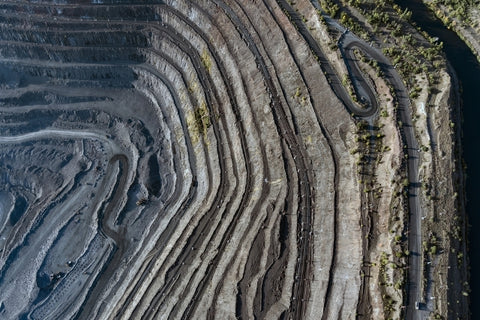
So what does sustainability mean, and how do you know something is sustainable? Why are so many engagement rings unsustainable?
Sustainable jewelry is made with the least amount of harm to the environment and the people involved in its production. Responsible jewelry production benefits the global economy and helps communities around the world maintain sustainable ways of life.
Jewelry made ethically avoids or minimizes social, environmental, economic, cultural, and political damage. The best sustainable jewelry brands will ensure that their sourcing practices are transparent and have a beneficial impact on the environment.
Most materials for engagement rings come from industrialized mining.
This is the most common form of mining, often creating immense amounts of pollution and environmental destruction.
In these mines, vast deep caverns and pits in the earth are hollowed out to extract the precious ore, which then goes to plants where it is refined through physical and chemical processes to sift out the sometimes very small amount of precious material. For example, a low grade gold ore is often only economical when tons upon tons of toxic cyanide are used to extract the limited amount of gold particles.
Millions of tons of earth are moved every year to excavate precious metals and stones. Some industrial gold mines, for example, produce an ounce of gold for every 90 tons of earth. On the other hand, artisanal mining which relies on more easily accessible gold and often moves very little ore can be economical at up to 2 ounces of gold per ton of earth, though this counts for a fractional amount of gold mined today.
Often, these ounces and ounces of gold only end up back in the earth, as electronic equipment in landfills. Today, there is estimated as much or more gold in landfills than remaining in the earth's crust.
As for diamonds, up to 250 tons of ore may be moved to obtain a single carat of diamond.
Precious ore requires vast amounts of energy and water to move and process, energy which often comes from the consumption of fossil fuels and water which is often reduced to toxic sludge. These “tailings” are then held in vast, often dangerously precarious waste pools, which rupture frequently and can destroy entire towns in subsequent mudslides and floods, pollute entire water systems and aquifers, and destroy arable land.
Sadly, these tailings spills are often fatal to those living near them. Just this September, the tailings spill of a South African diamond mine’s waste killed one person and injured 40, some of whom are still hospitalized in a precarious state between life and death. “It is impossible to estimate when supply will be restored or to determine the extent of the damage,” noted the local utility provider Eskom.
Mines are temporary operations- only a few last more than a decade or two. Once the ore runs out, the mine closes its doors. Today in many countries mines are required to clean up after themselves, but there is limited enforcement of this, even in the United States. Toxic tailings are often covered up and left to, at best, leach their pollution into the environment people live in, and at worst, can destroy entire towns through pollution or structural failure of dams that causes mudslides and flooding.
Even when they do fill in or stop up the pits and mine shafts, remove the equipment and tear down the buildings, dead mines can still be harmful. Land that was harmed during construction and operation can take decades, centuries, even millennia to return to its former state, if it ever does.
While much less damaging than modern hydraulic mining methods, the 2000-year-old Roman gold mines of Las Medulas show just how much even a limited amount of environmental destruction can last down the ages. Thankfully, the Romans were not also using toxic chemicals.
Desertification is a real problem facing many more countries in the world today than even at the turn of this century. Desertification is steadily increasing as forests are cut down or turned into less efficient and environmentally friendly plantations, houses and parking lots; water sources are diverted, polluted and used up, and all while temperatures across the globe rise.
The Aral Sea, which in 1960 was the fourth largest body of freshwater in the world, is now mostly dried up, and the land around it turned into a lifeless desert.
What to Look for in Sustainable Jewelry Brands? What Makes Sustainable Brands Different?
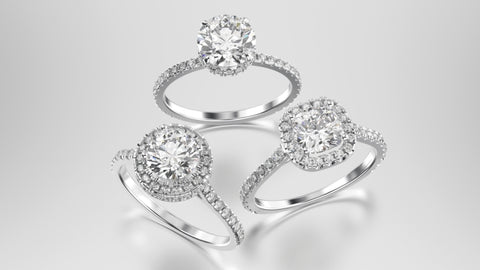
Sourcing
When searching for sustainable gold jewelry or sustainable diamond jewelry, first look for the sources from which your selected jeweler obtains their precious metals and stones. Some jewelers, including us at Michael Gabriels, use recycled metals from third party audited, energy efficient and environmentally friendly recyclers. It is important to determine the source, even of recycled metals, to make sure you’re purchasing sustainable jewelry. We at Michael Gabriels have rejected several recyclers because of their lack of transparency, efficiency, and environmental soundness.
The same should be said if your jeweler uses mined metals, as practices such as child labor and the use of toxic chemicals irresponsibly abound in various unregulated mining sectors around the globe. Look for companies that only deal with Fair Trade certified gold and diamonds, or that have had an audit done by a third party to certify their precious metals and stones are not derived from destructive means or conflict areas.
While there is no official body in the world to stop child labor from being used in the mining and recycling of precious stones and minerals, you can ask if your selected jeweler has had a third party audit done, or if their supplier has undergone a third party audit to make sure no child labor was involved.
Lastly, today we have had marvelous technological innovations, and lab-grown diamonds are now available in quantity and quality and at a much lesser cost to the consumer than mined stones. These diamonds are often a great deal more environmentally friendly than mined diamonds and are not currently known to use child labor or promote conflict.
Michael Gabriels
There are a number of options out there for people who are looking for responsible and sustainable options for engagement rings. Michael Gabriels is a sustainable jewelry brand that sources sustainable, lab-grown diamonds and recycled precious metals. Our primary metal supplier uses renewable energy to power its recycling plant and is working on reducing, reusing and recycling the chemicals needed for production.
We employ artisans and professionals to develop these sustainable materials into the preferred design that you create. By working almost exclusively to create custom and bespoke sustainable jewelry pieces, we reduce waste material that would otherwise go into stock items, or the excess produced from large scale manufacturing.
If you are interested in affordable sustainable jewelry, please contact Michael Gabriels and we will be happy to create a one-of-a-kind, personalized piece of sustainable jewelry you can wear confidently, knowing its production brought no harm to the world.


